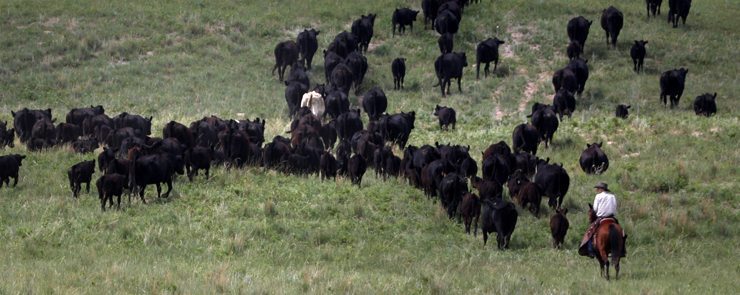Pasture health | While a massive 1997 fire was costly, the native grazing land it burned was quick to bounce back
FORT MACLEOD, Alta. — The scorched earth left by grass fires isn’t a pretty sight, but native grazing land can be remarkably resilient, says a rangeland specialist.
Varge Craig of Alberta Rangeland Services has been monitoring recovery of grasslands from a fire that took place 16 years ago.
He reviewed his observations at the Feb. 13 Holding the Reins conference organized by the Oldman Watershed Council.
The Porcupine Hills to Granum fire burned 54,000 acres on Dec. 14, 1997, in a runaway blaze pushed by 90 km/h winds and dry conditions.
Read Also

Final crop reports show strong yields, quality
Crops yielded above average across the Prairies this year, and quality is generally average to above-average.
A swath of fire 32 kilometres long burned five homes, killed 250 cattle and displaced another 5,000 head, destroyed 960 km of fence and burned large amounts of hay and winter feed.
The fire caused $10 million in uninsured losses and is still considered one of the hottest grassland fires ever to occur in Canada, Craig said.
The community banded together to fight and then manage after the fire. Researchers later learned that damage to grass was far less than feared.
“In terms of the severity of the burns … less than three percent of the total burning area was severely burned. We were dealing more with moderate to lightly burned areas.”
Severity made a big difference in grass health and recovery because of root crown health and remaining soil litter and thatch. However, Craig said spring rain was the big bonus.
“Probably the blessing, the best thing that happened for us in terms of the community and the landscape, was the fact that 1998 was a tremendous year for moisture. From my perspective, it couldn’t have gotten any better,” he said.
“At the critical time from April, May and June, we couldn’t have asked for better rainfall.”
Records show 1998 precipitation from April to September totalled 574.2 millimetres, much higher than average for the region.
Fire is feared, but it was once a naturally occurring event on the Prairies. Craig estimated major prairie fires used to occur at least once every 10 years before fire suppression became the norm.
Lessons learned from the 1997 fire included the need for fire plans, the importance of monitoring fire aftermath for best pasture recovery and the knowledge that rangelands are more resilient than many believe.
Rangeland specialist Kevin France echoed some of those statements.
“It’s not if, but when,” said France in reference to prairie fires.
There are obvious risks to grass fires in terms of life and property, but benefits can include ecosystem renewal, improved forage quality, better wildlife habitat and nutrient cycling.
France said few grassland fires penetrate the soil to a depth that kills plant roots. As well, grazing animals are attracted to burned sites because they offer tender, palatable grass.
As an example, France said a fire on the Milk River ridge in November 2011 burned 8,000 acres of grassland owned by the Deseret and McIntyre ranches. It was started by a discarded cigarette butt on a roadside and burned a large portion of winter cattle range.
He said damage appeared severe, but good spring moisture hastened recovery. Stocking rates were reduced in the year after the fire to allow grass rejuvenation.
















